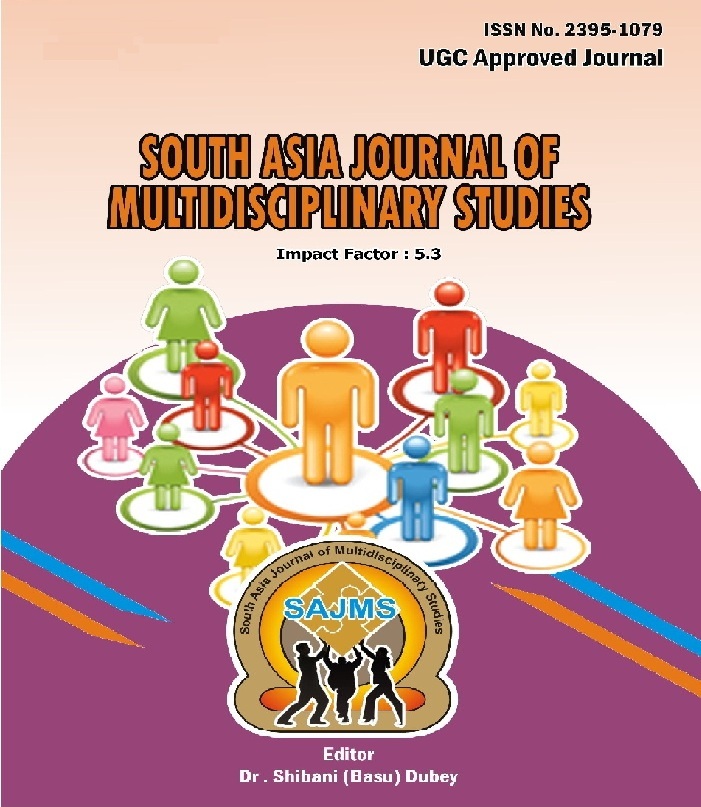MARKETING INFORMATION SYSTEM FOR FARMERS USING GEOSPATIAL TECHNOLOGY
Keywords:
management, amongst, MARKETING INFORMATIONAbstract
"We are on the cusp of a technology revolution that will drastically alter how we live, work,and interact with one another and the world around us. The shift will be unparalleled in terms
of its magnitude, scope, and complexity compared to anything else that civilization has ever
encountered. We do not yet know exactly how it will play out, but one thing is certain: the
reaction to it needs to be integrated and comprehensive, engaging all stakeholders of the
global polity, ranging from the public and business sectors to academia and civil society"
(Klaus Schwab, 2016). Following the phases of the steam power, electric power, electronic
and information technology industrial revolutions, we are currently in the phase of the
digitalization revolution, which is the fourth industrial revolution. The most recent
developments in information and communication technologies have permeated every sector
of the global economy. Applications of the internet in fields such as education, commerce,
transportation, and management, amongst others, have benefited everyone. We are making
use of artificial intelligence, and computers are performing many tasks for us; nonetheless,
the corporate houses and the business sector will be the primary beneficiaries of this
development. The vast majority of Indian farmers are not going to be able to gain from the
fourth industrial revolution in the same way that they did not benefit from the prior three
industrial revolutions. India also boosts global internet usage. Between 2000 and 2014,
India's internet use rose from 0.53% to 19.19%, according to data. Bharat Net, the National
Optical Fibre Network, aims to offer broadband internet to over 2,50,000 Indian
communities. Over 58% of Indians work in agriculture. Farmers trade. Agriculture is vital to
the economy. Farmer suicides keep rising. Farmer suicides rose 26% in 2014. Many farmers
are selling their produce to local brokers at artificially low prices to suit their immediate
needs since they are not getting a fair price. They now have little chance of farming success.
And since they lack complete knowledge of the market's direction, small business owners
that sit on agricultural product stocks and hope for price increases often lose money in the
process. This rising problem can also be solved by making use of the developing technology
available on the internet, which will stop the exploitation of farmers by providing them with
the appropriate information they need in their hands. Even farmers, according
References
References:
Klaus Schwab, The Fourth Industrial Revolution : What It Means and How to Respond,
Jan 2016, Founder and Executive Chairman, World Economic Forum Geneva.
S.J. Staal, I. Baltenweck, M.M. Waithaka ,T. DeWolff and L. Njoroge, Location and
uptake: integrated household and GIS analysis of technology adoption and land use, with
application to smallholder dairy farms in Kenya, Agricultural Economics ,2002 , Vol.
Website Resources : www.internetlivestats.com, www.extension.iastate.edu, mkisan.gov.in ,
www.joe.org and www.ibef.org
ZiHua Zhao, Hardev S. Sandhu ,Feng Gao, Da-Han He, Shifts in natural enemy
assemblages resulting from landscape simplification account for biocontrol loss in wheat
fields, Ecological Research, 2015, Vol.30 (3),493-498.
Published
Issue
Section
License
Submission Preparation ChecklistSubmission Preparation Checklist
Before proceeding with your submission, please ensure that you have completed the following checklist. All items on the list must have a checkmark before you can submit your manuscript:

